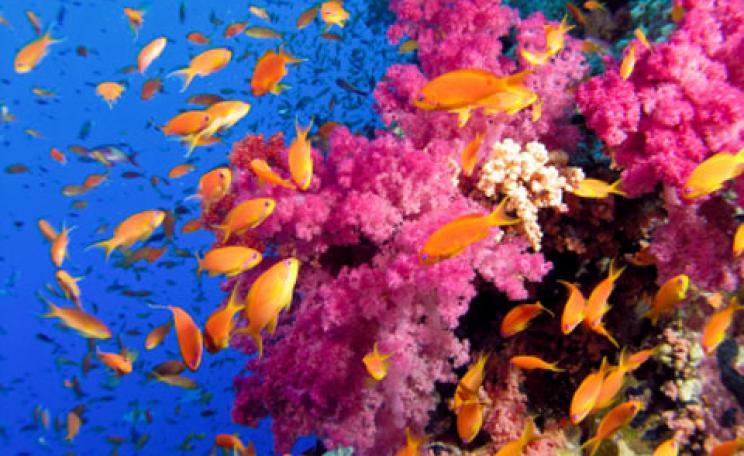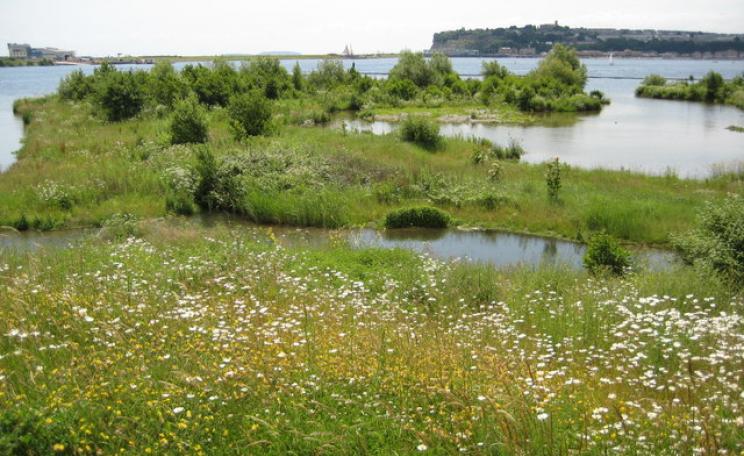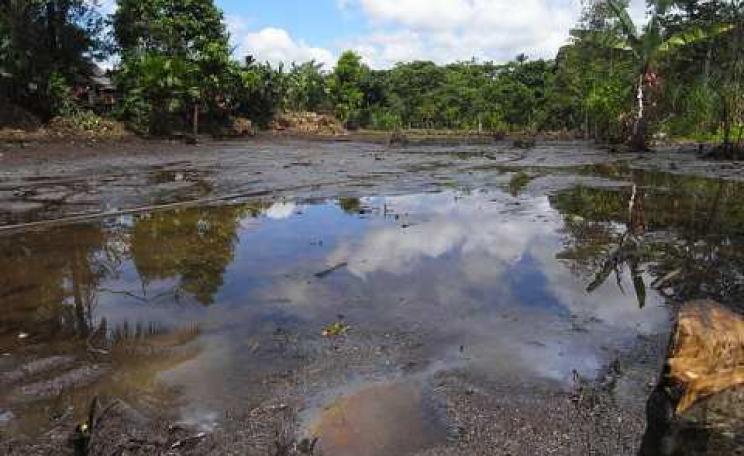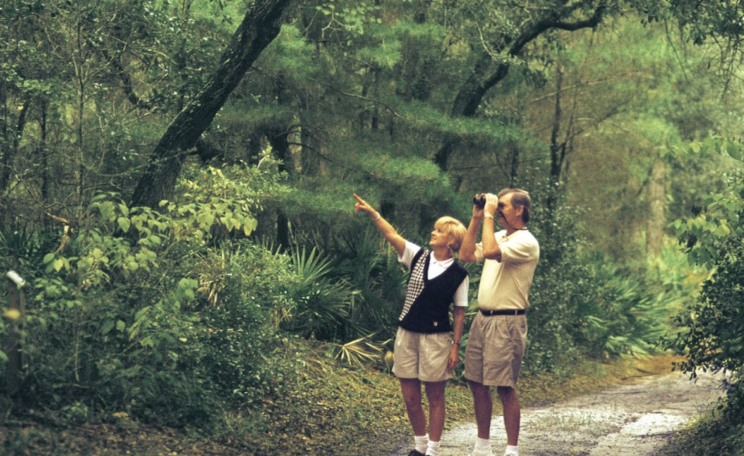To break free of the limits imposed by the current technocratic governance of nature is to leave behind the notion of ‘nature as a service provider’ for something far more complex and interesting.
Walking through a woodland in spring, what do you notice? The smell of wild garlic, its small white flowers bobbing gently in the breeze? The burbling stream – was that a kingfisher swooping past? The dappled light as it scatters through the canopy, warming your skin? What about the woodland’s contribution to the economy?
According to the Office for National Statistics, UK woodlands provided ‘ecosystem services’ worth £8.9 billion in 2020: £4.4 billion for carbon sequestration, £1.2 billion for removal of air pollution, £1.1 billion for tourism and recreation, and £1 billion for health benefits, to name a few.
While understanding how the nature around us supports our continued existence is a valuable aim, this number obscures as much as it tells. Nature conservation is increasingly dictated by the economic services a given site can offer, rather than for wildlife’s own sake. Exploring how and why this has come about offers profound implications for the future.
Commodity
The model of ‘ecosystem services’ in nature conservation highlights exactly this. Habitats, species, and unique nature sites are now monetarily valued based solely on the economic benefits they can provide.
In an ecosystem service paradigm, a wildflower meadow, rare species, or lush forest is worth only the cost of replicating its ‘services’ – be that in carbon sequestration, flood management, or recreational – elsewhere. Uniqueness, character, and history are worthless.
Framing nature as a commodity and service provider has some benefits. By using the dominant language of policy discourse, ecosystem service models integrate issues of wildlife conservation into the mainstream. But in assimilating into the language of economics, what is lost in translation?
Externality
Monetary metrics of nature aim to be clear, concise, and simple, constructing nature as a governable economic object. When faced with the complexity of the natural world and its connections to us, these metrics obscure the real value of nature – both on a scientific and a moral basis.
Despite this, they continue to be the dominant method of natural valuation. If the monetary valuation is the same, what is it to bulldoze the rare butterflies’ habitat in exchange for protecting rare birds elsewhere?
A universal ‘biodiversity metric’ presupposes a form of universalised, uniform nature. Yet we still don’t fully understand the interrelationships between nature, humans, and the natural world, and most species remain undiscovered.
What one day is a valuable service may the next be cheaper to replicate artificially. This is fundamentally incompatible with the ecological and geological timescales of nature.
An ancient woodland, diverse wildflower meadow, or chalk stream take hundreds of years to establish themselves, and they cannot be quickly replicated elsewhere. These cannot be replaced when economic incentives suit; time is a key ingredient in their flourishing.
To break free of the limits imposed by the current technocratic governance of nature is to leave behind the notion of ‘nature as a service provider’ for something far more complex and interesting.
Humanity
Using ‘ecosystem services’ to value nature is therefore an entirely human-centric model of conservation; it considers benefits to humans, on human timescales, in human metrics. There is little to no consideration of the value nature holds itself or of the interlinking relationships between nature and humanity.
This separation is perpetuated by what the lepidopterist Robert Pyle refers to as the "extinction of experience". As people – especially children – are increasingly isolated from nature, the care for and understanding of the nuance and variety of species with which we coexist is lost.
In the recent government review on the 'economics of biodiversity’, this disconnect is startling. Even when economics attempts to integrate the nonhuman, the framework is entirely anthropocentric.
Intrinsic
It is a dull and lonely world where the only valued living creatures are those who align with anthropocentric goals. What would it mean to value nature on its own terms, rather than our own? And how can this tie back into a viable method of nature conservation in the 21st century?
The frameworks and measurements we use to understand the world have profound power over the way we think and behave. They have a significant influence on the alternative futures we can imagine.
To break free of the limits imposed by the current technocratic governance of nature is to leave behind the notion of ‘nature as a service provider’ for something far more complex and interesting.
Reciprocity
Taking the preservation of nature as a moral and ethical imperative is to accept that all life has a right to flourish and that humans do not have mastery over the rest of nature. It steps away from the reductionism of technocratic metrics to embrace the deep and fascinating complexity of planet Earth.
We must use all the tools at our disposal to protect our natural world. Monetised conservation efforts such as ‘ecosystem services’ models can play a role in this – but they need fundamental change if we wish to protect what is truly special about our living planet.
By acknowledging the flaws within the current technocratic model, a better outcome for all can be reached. But this requires a renegotiation of how we value the world around us.
Rather than focus on universalised, oversimplified quantification, a truly sustainable valuation of nature must include the cultural, ethical, and intrinsic value of nature.
Progress
Without adapting our approach to nature to suit nature itself, rather than ourselves, conservation will continue to struggle against the economic imperatives that limit its efficacy.
Instead of thinking solely of what nature can do for us, we must consider what we too can do for nature. There are already examples of this reciprocal management across the globe; Indigenous peoples have understood this for millennia, and mainstream conservation efforts are starting to reengage with this knowledge.
To walk through the woodland and know the fox and the wren are valued for more than their contribution to GDP is to walk through a world that values nature for what it is, not just what it can sell for.
This Author
Ione Howells is a postgraduate student in environmental policy and management at the University of Bristol. She focuses on the interaction of humans and nature in climate policy. She can be found on X at @ione.rm.h.





